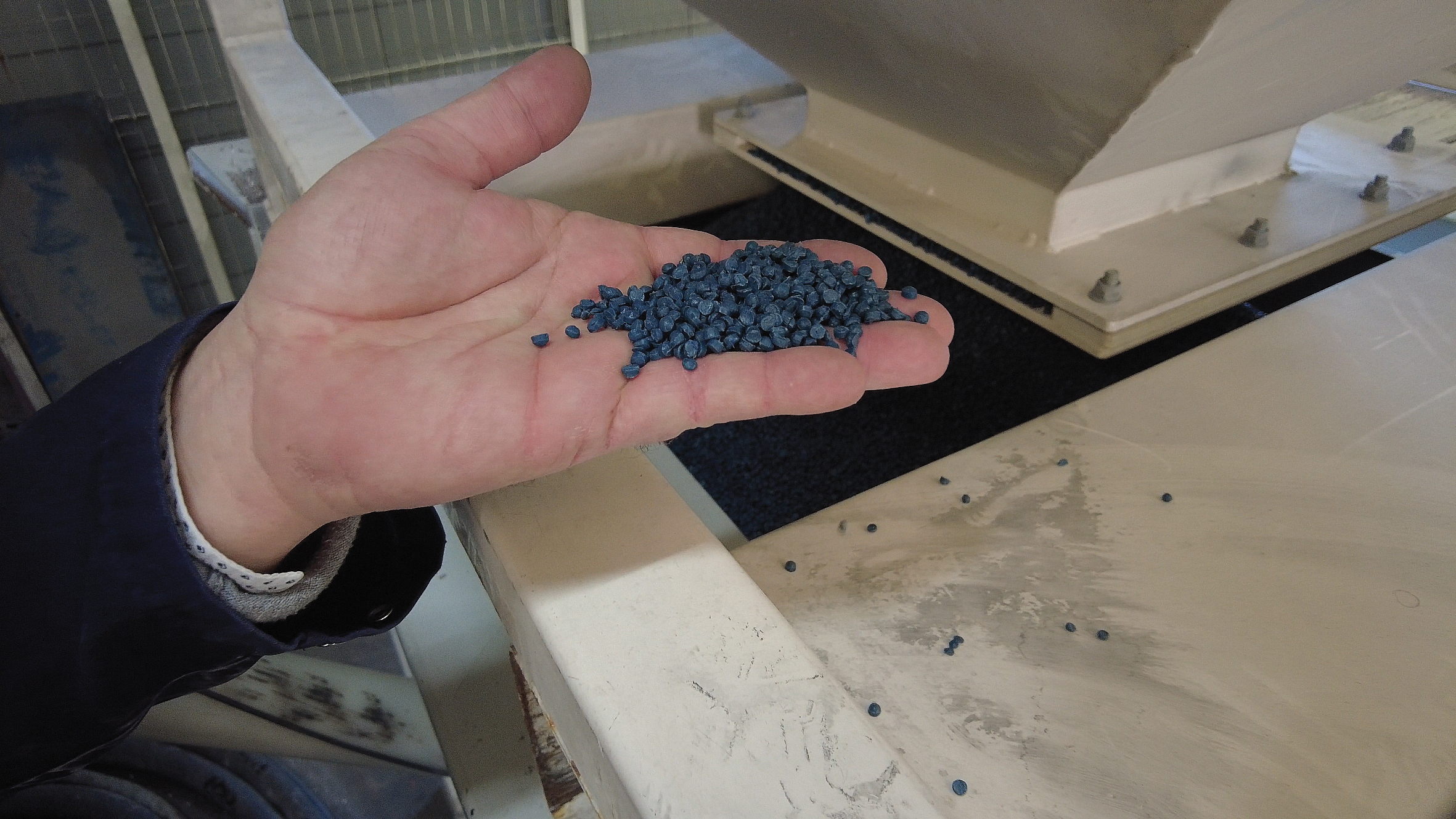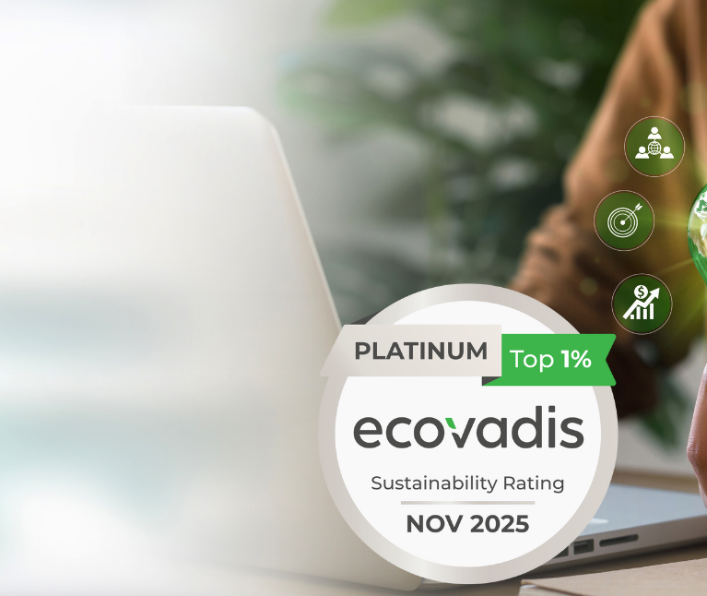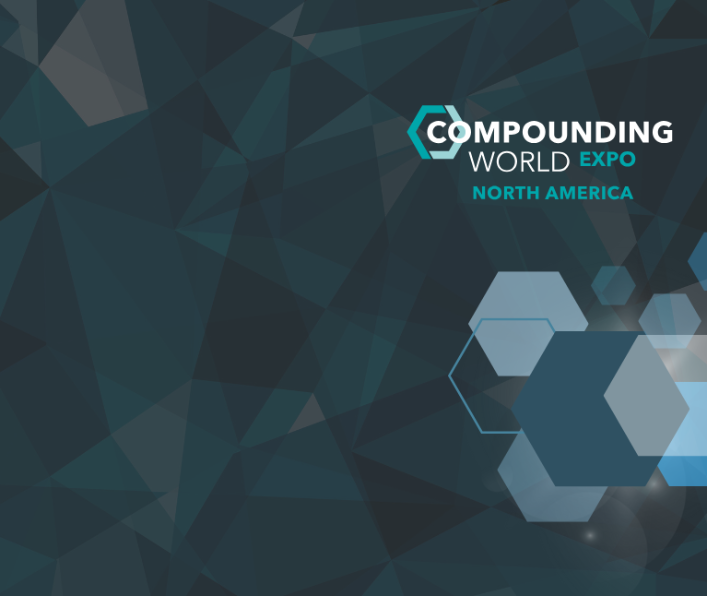It's quite a brief.
Wishful thinking cannot help us out here: None of what we do on this new journey is magic. All of it is chemistry, physics, and materials science and materials processability. (And some of it is now also politics, investment and public infrastructure).
In a nutshell Benvic is tasked with the same drawing board that faces our product engineering customers. Drawing on a very wide world of complexity, variety and post-use material wastes we are now asked to create consistency, functionality and repeatability from new and variable sources – while still satisfying the same engineering need.
Benvic’s base expertise is polymers – we design and supply a variety of various plastics and elastomers. All of these are in the waste stream in some shape or form and some of these are less comingled, more available and easier to recycle than others.
Take PVC for example: For a long time considered to be the ‘bad boy’ in the thermoplastic world, PVC’s star is now rising again as a material choice with one of the lowest carbon footprints available - against other polymers and other materials, paper and metals. PVC also happens to be the most recyclable polymer in the waste stream. Unlike many it is readily available in closed loop quantities (from building and construction markets, from the automotive sector, from consumer goods). Unlike many it can be recycled and further recycled into 2nd life products for a total of eight iterations without any degradation.
Benvic’s ProVinyl Recycled grades now make optimum use of this situation: Firstly, we are able – through our subsidiary operations and our dedicated recycling business Ereplast – to source viable quantities of post-use PVC recyclate.
Secondly, Benvic is able to (re) design these recycled PVC materials so that they are made fit for purpose within a variety of end-use markets. There is no ‘one size fits all’ solution for recyclate here. The engineer that needs to design injection moulded shoe soles needs a very different material and service from the one who designs underground pressure pipe that must be extruded at volume. Our total range for these purposes is called ProVinyl Recycled and – in common with designers and engineers everywhere – these materials provide ‘horses for courses’.
As we can now see, the basic challenge of all recycling at Benvic is to source and recover post-use thermoplastics and reincorporate into finished goods once more.
For us - and for everyone - there is relatively easy recycling (usually from single polymer sources) - and also challenging recycling (most usually post-consumer mixed plastics in typically soft/flexible formats).
However - and again from the engineering point of view - both kinds of process must ultimately satisfy the same conditions, namely the:
- Ability to meet end-product technical specifications
- Ability to be easily converted into products again: using tooling, capital plant and known processes.
- Ability to be sourced on markets at an afford bale costs
- Ability to comply with regulations
- Ability to give to end product a market advantage – in aesthetic aspects, color, weight, feeling
- Ability to be reused or disposed properly after the product’s end-of-life (EOL)
In a vast majority of cases, and working from waste streams, the recycler is dealing with a great variety of waste feedstock – a heterogenous mix of products, materials and therefore polymers.
As already illustrated, the way to get from there to homogeneous or ‘Easy’ is to try and identify, generate and ensure circularity (closed loop). In certain circumstances, for example, in a Deposit Return Scheme (DRS), a PET bottle can become a PET bottle once again. However, investment and new infrastructure is needed here – typically supported by legislation and then by social and commercial compliance from organisations such as supermarkets and their customers.
Legislative and compliance instruments are in fact already on the horizon in the form of impending EU legislation, a key part of which will now require producers and product designers to factor in EOL needs.
And – looking down that road - when a producer will be required to collect back their own product from the market, Benvic can support them by re-engineering their materials to ensure circularity or else find another use for it such as upcycling.
But until that time arrives, we are still primarily working with a mix of materials in the waste stream. The first key point for Benvic and others is to directly recover the value of such materials: sorting, evaluating, storing and directing various waste feedstocks to the proper recycling processes.
From the engineering point of view this part of the process is where ‘the rubber meets the road’ and this is where recycling will transform compounding and vica-versa. And this is also why compounding needs to be at the heart of circularity for recycling.
The transformation of our economy will not occur without materials compounding: Recycling is now so important to Benvic that it is true to say that our business is now a combination of recycling and compounding – rather than just compounding.
In that sense it is no exaggeration to say that our company now shares a birthday with Global Recycling Day. We therefore look forward to sharing progress with our twin through every passing year!




